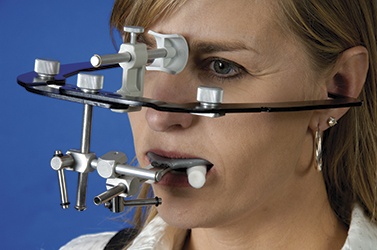
In a previous blog, I spoke of CE opportunities through Whip Mix Webinars, which are great sharing opportunities for Lab staff, Doctors and Staff or Doctor and Lab. Shared information and approach are vital to our success in the laboratory and clinically.
Recently I attended and participated in a DAWSON ACADEMY course taught by Dr. Laura Wittenaur, with Dr. Shannon Johnson, Dr. Muriel Law and Walt Richardson, CDT. The course was hands-on and entitled Examination and Records.Fourteen Doctors attended this course, which taught methodology of complete exam, Bi-Manual Manipulation, finding and capturing ‘CR’ on a patient, taking correct Facebow and Bite Records. Then mounting to a full frame DENAR 320 articulator and using that articulator and casts as a diagnostic tool for correct replication of the function of the patient. I sat in the back wondering why more Dental Technicians did not participate at these courses.
More than anything, this is a course on communication. Communicating information from the patient to the Doctor and ultimately to the laboratory for reconstruction of vital functional restorations. Often laboratories will fume about the lack of information they receive and the resulting destruction of their cosmetic creations by a football diamond when attempting to fit and function in a space for which the restorations were not designed.
It occurs to me that the fix for these issues is for the Lab and the Doctor to be on the same page with the information captured and then used. CE opportunities like the Dawson programs provide a common training methodology and approach to planning and executing excellent casework. As an industry, we need more laboratory involvement in these joint education events. Currently however, there are only 3 Dawson Academy Qualified Laboratories and 10 Credentialed Technicians with 32 other Scholar and Member Technicians throughout the United States. A relatively small representation for servicing the DAWSON Trained Doctors.
I remember once receiving a patient case prescription in the lab, which simply stated, “Mount to Big Articulator”. I can do that, but how does it represent the actual patient? There is no magic in mounting a case on a large frame articulator without the information to set its functions and position patient casts correctly. More often, we use fixed, small frame or plastic with no information. Let’s face it – that’s fine for single tooth replacement, especially when all of the surrounding dentition is in place for guidance. I think we paint with too broad a brush when we use averages and arbitrary positions for everything, especially when we are trying to do both anterior and posterior functions with the same mounting.
Training together, with a common path and goal, reduces the conflict between Technician and Clinician, which can interfere with our success. Find a course event near you and participate. You may just be thrilled with the results.



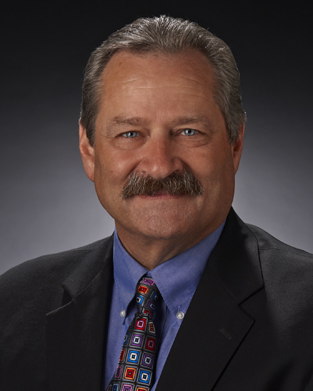



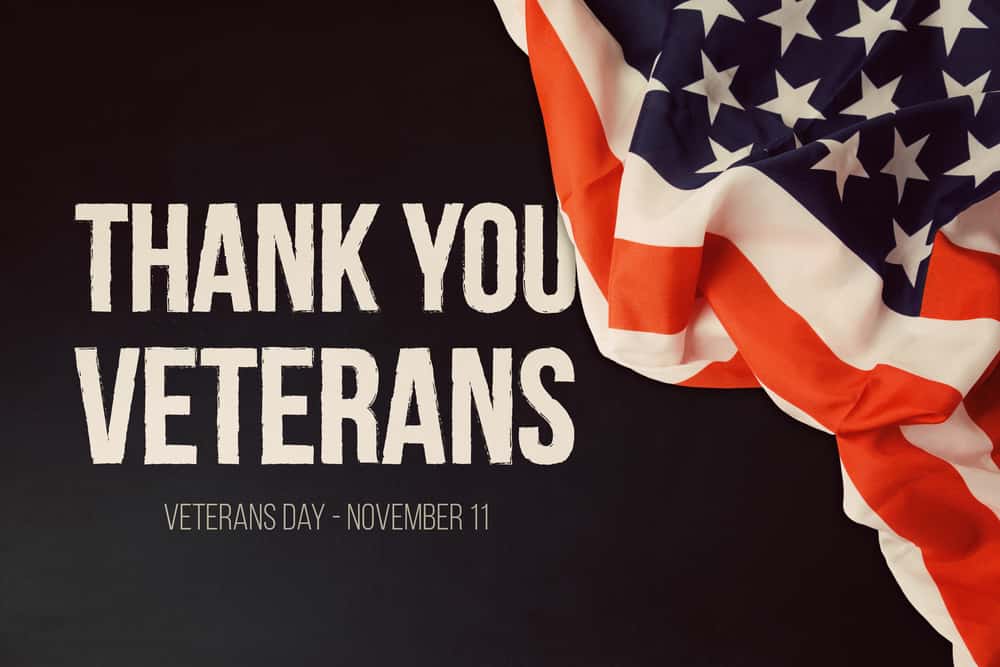
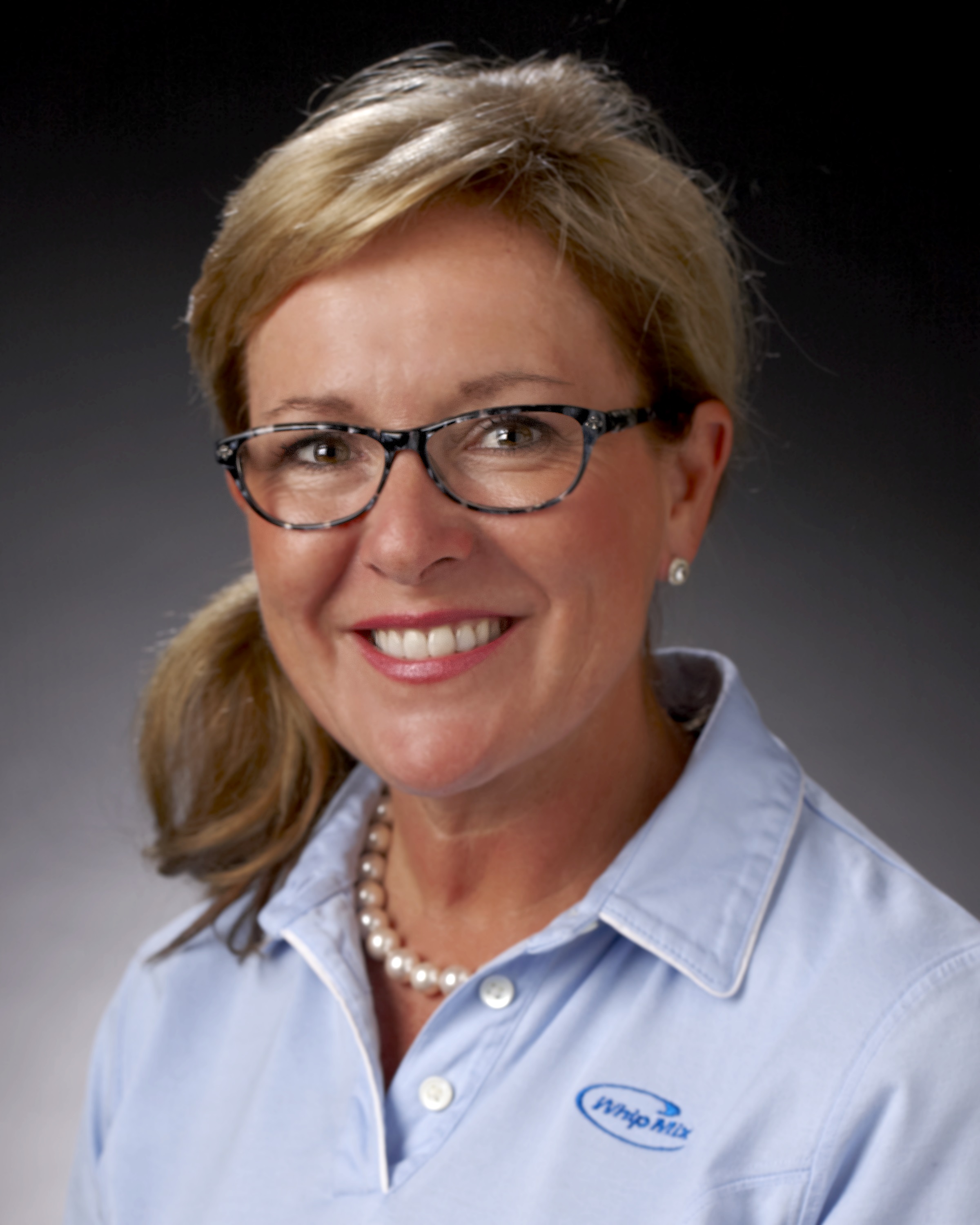
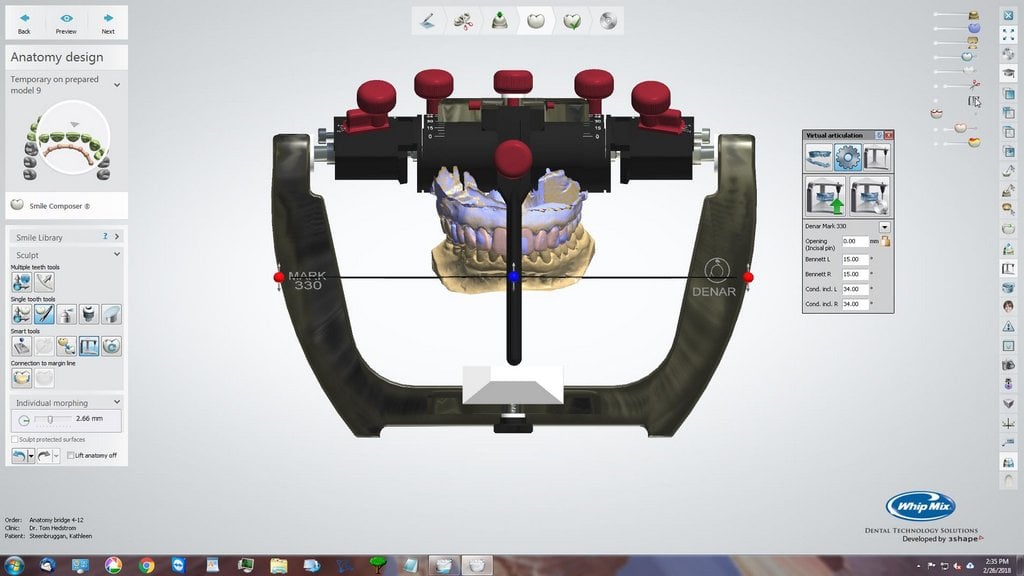
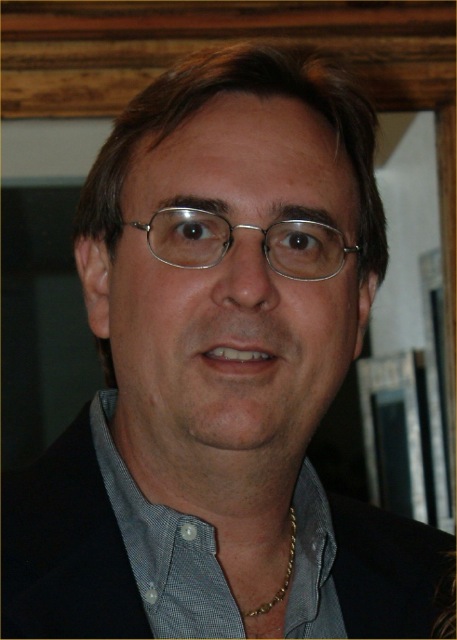
.png)
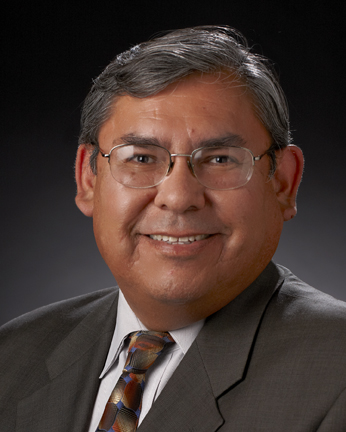
Leave a comment